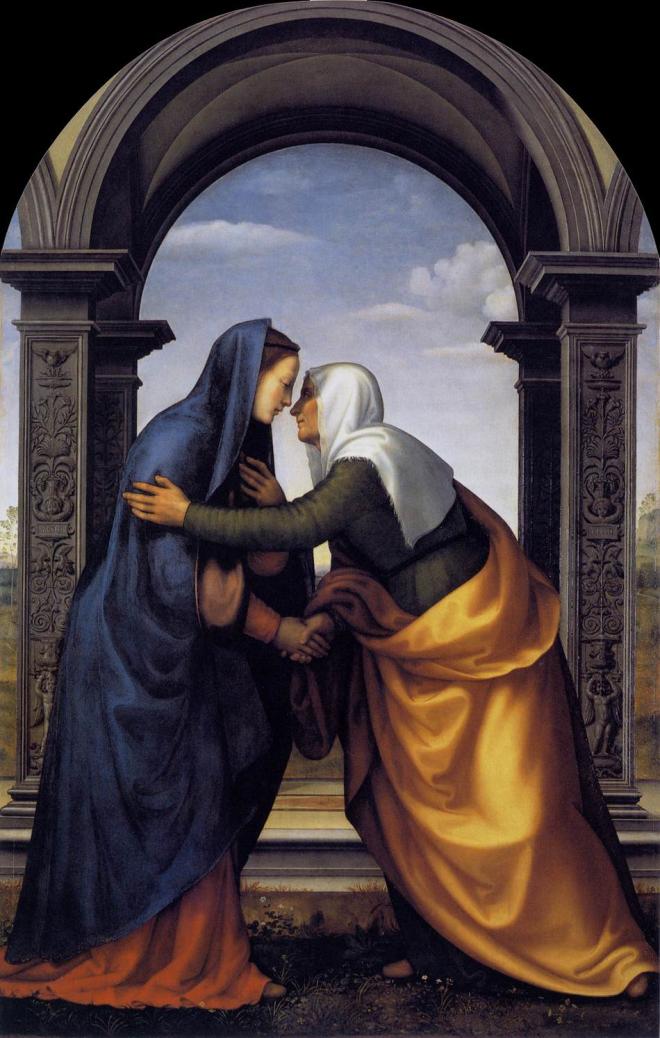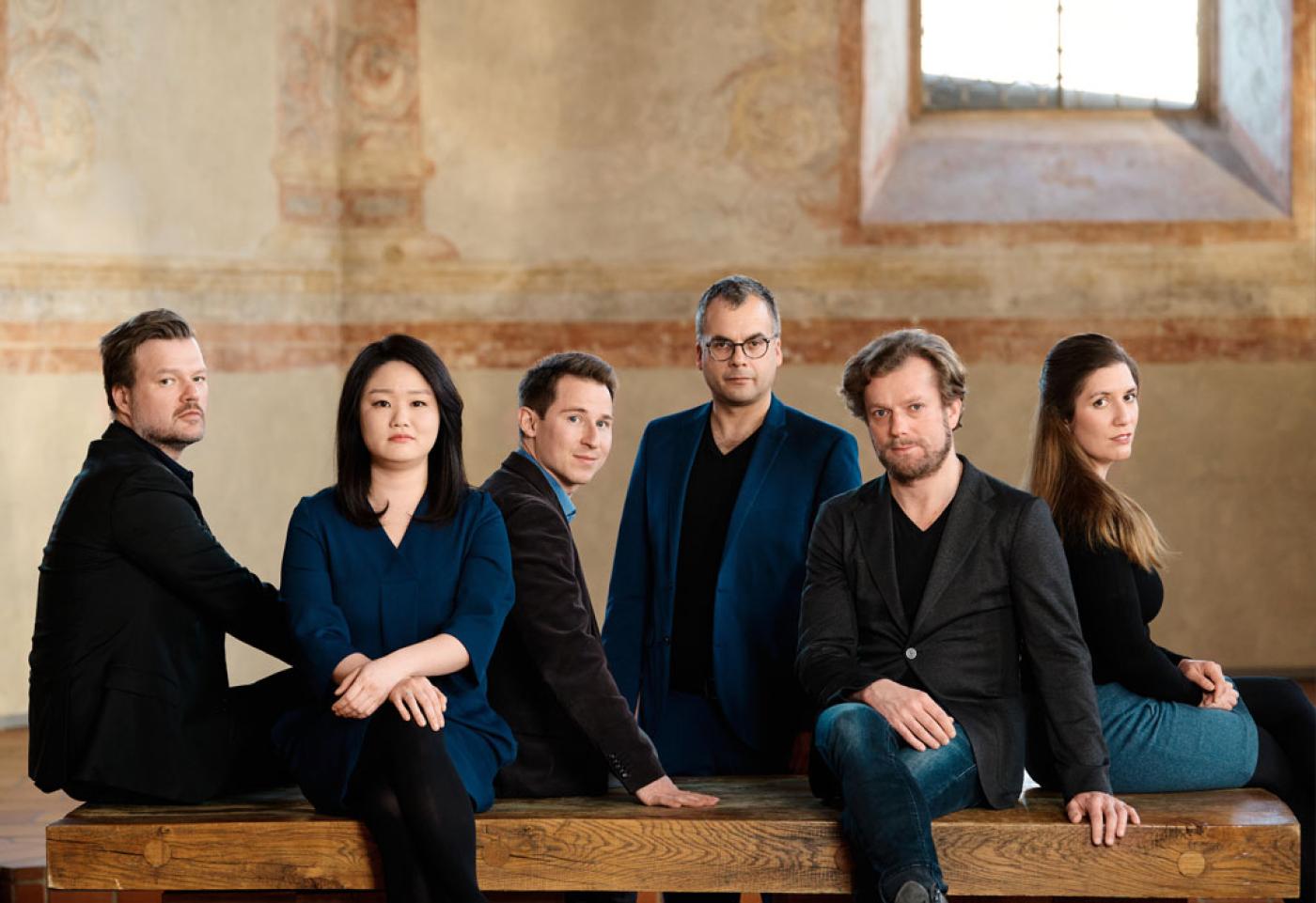More “New Voices, New Recordings” on this week’s Choral Showcase with settings of the Magnificat. This “Canticle of Mary” comes from the Gospel of St. Luke; Mary, about to be the mother of God, visits her cousin Elizabeth, also with child – the future John the Baptist. Feeling the baby move, Elizabeth praises her cousin Mary for her faith, who responds with a heartfelt song of praise. This Magnificat, or “My soul magnifies the Lord,” became a part of Vespers and especially Matins services over the centuries. It makes for great music, as we’ll hear this week in all-new albums from ensembles you may not have heard before.
We begin in the Renaissance with Magnificat quarti toni by Francesco Guerrero, sung by the Spanish choir, El León d’Oro directed by Peter Phillips. It comes from their Hyperion album, Guerrero: Magnificat, Lamentations, & Canciones.
Two famous settings by members of the Bach family can be found on an album from Accentus, with the Gaechinger Cantorey led by Hans-Christoph Rademann. CPE Bach’s Magnificat in D, his first major choral work, was written in 1749 during his tenure in the court of Frederick the Great. It very much shows the influence of his papa, Johann Sebastian Bach, whose own Magnificat in D, BWV 243, was written in 1723, for his first Christmas as Music Director of the St. Thomas Church in Leipzig.
One of Bach’s nearest contemporaries was Johann David Heinichen, best known today for 12 so-called “Dresden” Concertos. It was in Dresden that Heinichen, responsible for Catholic music in the Court of Frederick Augustus II, composed a number of sacred works. One of the grandest was a Vespers Service for the Feast of St. Francis Xavier, from which we’ll hear the Magnificat, from the very first recording of this work released last year on Accent. Jarosław Thiel leads Ensemble Polyharmonique.
Our final Magnificat takes a different approach: A May Magnificat by William Mathias (1934-1992) is a celebration of spring, Mary’s month. It sets the poem by Gerard Manley Hopkins for two choirs, set at a distance from each other to provide an ancient, antiphonal effect to this ecstatic work.
Join me this Sunday evening at 9 for Choral Showcase on WETA Classical.
PBS PASSPORT
Stream tens of thousands of hours of your PBS and local favorites with WETA+ and PBS Passport whenever and wherever you want. Catch up on a single episode or binge-watch full seasons before they air on TV.

